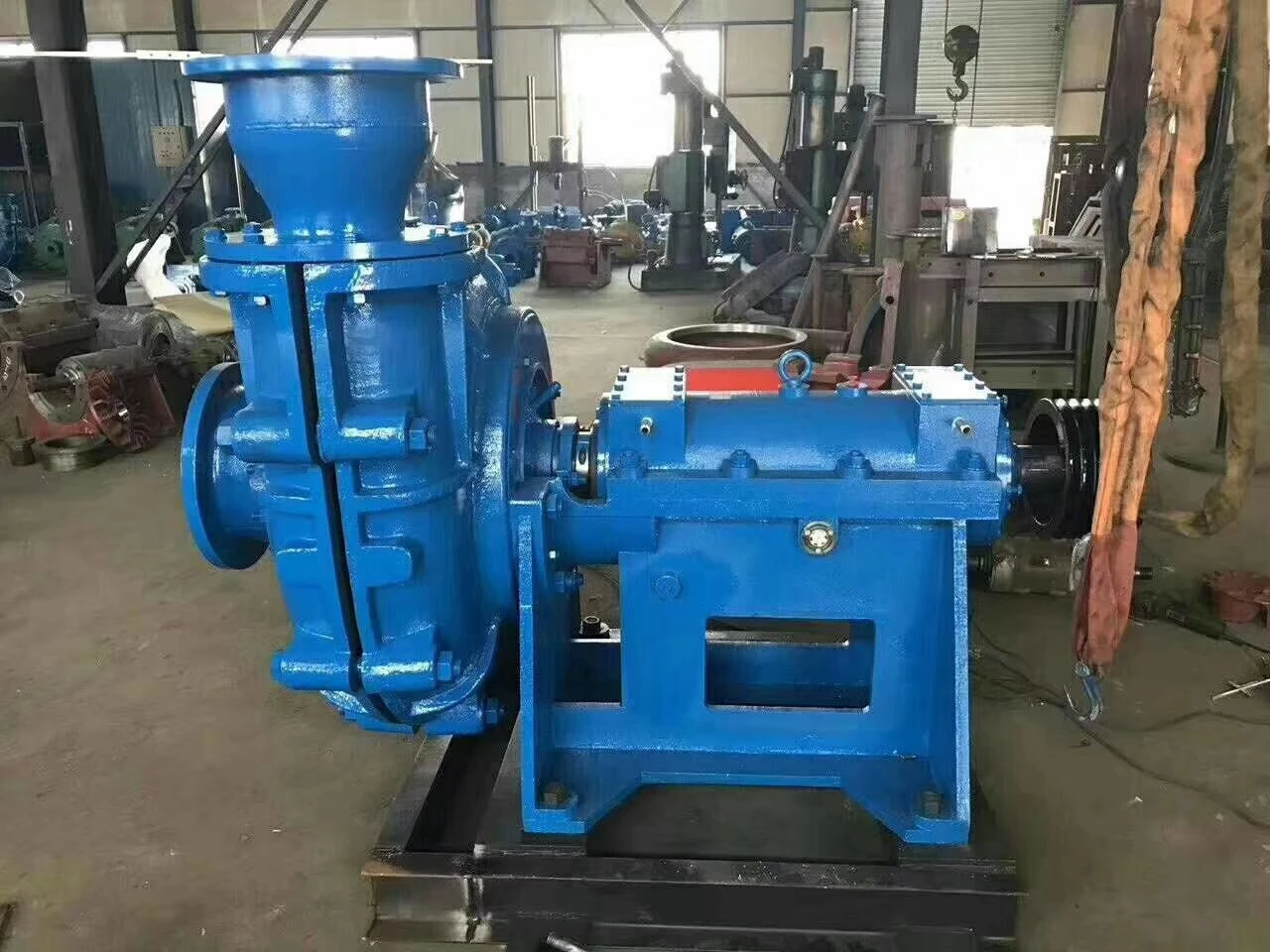Norwegian
- Afrikaans
- Albanian
- Amharic
- Arabic
- Armenian
- Azerbaijani
- Basque
- Belarusian
- Bengali
- Bosnian
- Bulgarian
- Catalan
- Cebuano
- Corsican
- Croatian
- Czech
- Danish
- Dutch
- English
- Esperanto
- Estonian
- Finnish
- French
- Frisian
- Galician
- Georgian
- German
- Greek
- Gujarati
- Haitian Creole
- hausa
- hawaiian
- Hebrew
- Hindi
- Miao
- Hungarian
- Icelandic
- igbo
- Indonesian
- irish
- Italian
- Japanese
- Javanese
- Kannada
- kazakh
- Khmer
- Rwandese
- Korean
- Kurdish
- Kyrgyz
- Lao
- Latin
- Latvian
- Lithuanian
- Luxembourgish
- Macedonian
- Malgashi
- Malay
- Malayalam
- Maltese
- Maori
- Marathi
- Mongolian
- Myanmar
- Nepali
- Norwegian
- Norwegian
- Occitan
- Pashto
- Persian
- Polish
- Portuguese
- Punjabi
- Romanian
- Russian
- Samoan
- Scottish Gaelic
- Serbian
- Sesotho
- Shona
- Sindhi
- Sinhala
- Slovak
- Slovenian
- Somali
- Spanish
- Sundanese
- Swahili
- Swedish
- Tagalog
- Tajik
- Tamil
- Tatar
- Telugu
- Thai
- Turkish
- Turkmen
- Ukrainian
- Urdu
- Uighur
- Uzbek
- Vietnamese
- Welsh
- Bantu
- Yiddish
- Yoruba
- Zulu
Telephone: +86 13120555503
Email: frank@cypump.com
Nov . 09, 2024 12:37 Back to list
Performance and Durability of Rubber Components in Slurry Pump Applications
Understanding the Rubber Wet Parts of Slurry Pumps
Slurry pumps are crucial in various industrial applications, particularly in mining, construction, and wastewater management. A key component of these pumps is the wet end, specifically the rubber parts, which are designed to handle abrasive and corrosive materials effectively. This article delves into the significance of rubber wet parts in slurry pumps, their advantages, and maintenance practices to enhance their longevity.
The Role of Rubber Wet Parts
The wet end of a slurry pump includes all components that come into contact with the fluid being pumped. This typically encompasses the impeller, casing, liner, and various seals. Rubber is widely used for these parts due to its superior flexibility, wear resistance, and ability to withstand harsh environments. The rubber creates a robust barrier against the abrasive nature of slurry, which often contains solids like sand, gravel, or coal.
By using rubber for wet parts, manufacturers can optimize the pump's performance, ensuring efficient transport of slurry while minimizing wear and tear. This characteristic is critical as slurry can erode metal components rapidly, leading to increased downtime and maintenance costs.
Advantages of Rubber in Slurry Pumps
1. Abrasion Resistance Rubber materials have excellent abrasion resistance properties, making them ideal for handling abrasive slurries. This feature significantly extends the lifespan of the pump components, allowing for prolonged operational periods with minimal maintenance.
2. Chemical Resistance Rubber can be formulated to resist various chemicals, making it adaptable for diverse slurry types encountered in industrial processes. This adaptability ensures that the pump can operate in different environments without degradation.
3. Flexibility and Sealing The inherent flexibility of rubber allows for effective sealing in slurry pumps. Good seals prevent leakage, which can lead to reduced efficiency and increased operational costs. This characteristic is vital in protecting both the pump and the surrounding environment.
rubber wet part of slurry pump

Maintenance Practices for Rubber Wet Parts
To maximize the performance and lifespan of rubber wet parts in slurry pumps, regular maintenance is essential. Here are some effective practices
1. Routine Inspections Regular checks for wear and tear, especially on the impeller and casing, can help identify potential issues before they become severe. Early detection helps in planning maintenance activities more efficiently.
2. Proper Handling When installing or replacing rubber components, proper handling is crucial to avoid damage. Using the right tools and techniques will ensure that the parts remain intact and functional.
3. Cleaning Keeping the pump clean, especially from accumulated slurry residue, will prevent early degradation of the rubber components. Regular cleaning helps maintain operational efficiency.
4. Monitoring Operational Conditions Keeping track of temperature and pressure conditions during operation can help prevent rubber degradation. Excessive heat or pressure can accelerate wear on rubber components.
5. Lubrication of Moving Parts For pumps that require lubrication, ensuring that all moving parts are well-lubricated will reduce stress on rubber components and promote smooth operation.
Conclusion
Rubber wet parts play a vital role in the efficient operation of slurry pumps, providing durability and reliability in challenging environments. Their unique properties, combined with effective maintenance practices, can ensure that these pumps operate at peak performance over extended periods. As industries continue to evolve, the demand for high-quality slurry pumps with resilient rubber components will only increase, underscoring the importance of ongoing innovation and development in this field. Understanding and appreciating the role of rubber in slurry pumps is essential for optimizing industrial processes and minimizing operational costs.
-
High-Performance Air Pumps for Sand & Gravel | Efficient Transport
NewsAug.03,2025
-
ISG Series Vertical Pipeline Pump - Chi Yuan Pumps Co., LTD.|Energy Efficiency, Corrosion Resistance
NewsAug.03,2025
-
ISG Series Pipeline Pump - Chi Yuan Pumps | Energy Efficiency&Compact Design
NewsAug.03,2025
-
ISG Series Vertical Pipeline Pump - Chi Yuan Pumps Co., LTD.|High Efficiency, Low Noise, Durable
NewsAug.02,2025
-
ISG Series Vertical Pipeline Pump - Chi Yuan Pumps | High Efficiency, Low Noise
NewsAug.02,2025
-
ISG Series Vertical Pipeline Pump- Chi Yuan Pumps Co., LTD.|High Efficiency&Compact Design
NewsAug.02,2025










